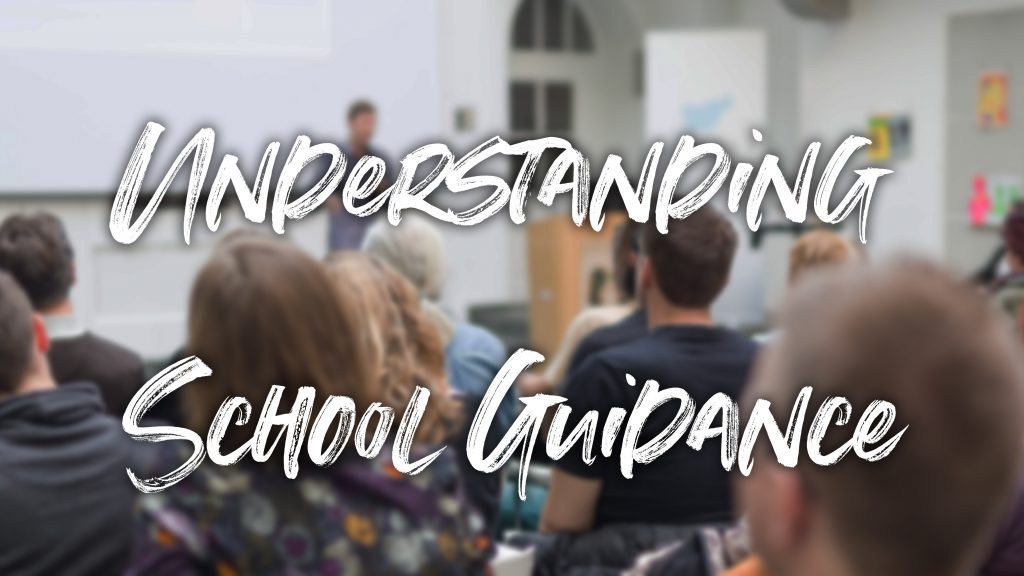
The Department for Education has published new guidance for schools in relation to gender awareness and the curriculum. We would support much of the advice offered to teachers. However, we do have grave concerns about some of the language used, making it more difficult for transgender children and young people to identify confidently as themselves. These are already difficult times for teachers, students and families alike, and we are concerned that the guidance lacks clarity around best care for transgender, non-binary and gender-diverse students.
We are further concerned by an apparent implication that teachers are pushing their personal ideologies onto young people. It is absolutely wrong for any adult to press their own prejudice onto young minds; indeed, we see the damage this can do to young people suffering transphobia every day. With that in mind, we must reassure school staff that affirming, accepting and acknowledging transgender lives is quite the opposite of prejudice; it is an absence of prejudice and an act of kindness, empowerment and sympathy.
In the interests of clarity, Mermaids does not offer school talks or classroom materials for students; our training is offered only to professionals who invite us to help them grow their understanding. Still, we are keen to consider this guidance carefully, in the hope we might offer some clarity on some of the issues raised. We have taken a particular interest in the section titled: Ensuring Content is Appropriate, with each point carefully considered below.
DfE: “We are aware that topics involving gender and biological sex can be a complex and sensitive matters to navigate.“
The Government is quite right here; issues around gender identity and gender-nonconformity have long been a complex and deeply personal matter, requiring great sensitivity from those supporting people of all ages. Fortunately, we trust the integrity and judgement of teachers, many of whom benefit from training in gender awareness.
DfE: “You should not reinforce harmful stereotypes, for instance by suggesting that children might be a different gender based on their personality and interests or the clothes they prefer to wear.“
This is an important point and we agree that no child should be labeled as any identity simply because of the clothes they wear or the toys they play with. We published an interesting article about this question in July 2020, with parents explaining why toys and clothes often come into conversations around gender.
One of our mums, Lisa put it perfectly:
My son told me he was trans so that was the signifier, really, nothing more than that. I’ve spoken about toys and things in the past because it makes conversations easier but I didn’t ever think much about the clothes they wore or the toys they played with in reality. It was the way he behaved when he was misgendered and the happiness and light in his face when he was called a boy; that’s what I noticed. Seeing him so unhappy was hideous, the worst thing in the world, and seeing him now as the successful, confident young man he is, means the world.
DfE: “Resources used in teaching about this topic must always be age-appropriate and evidence based. “
While we don’t offer any classroom materials or talks for students, we do offer training for teachers and support staff within schools. We’re proud of our CPD-accredited, evidence-based materials, created with support and guidance from Goldsmiths University of London. Our materials are based upon the Department for Education-accredited anti Homophobic, Biphobic and Transphobic training project delivered until March 2019 as part of our partnership with the Government Equalities Office and the LGBT Consortium.
DfE: “Materials which suggest that non-conformity to gender stereotypes should be seen as synonymous with having a different gender identity should not be used and you should not work with external agencies or organisations that produce such material.“
This raises a vital distinction which can be difficult to understand at first. Gender identity is who you are as a gendered person. So, if you are a woman for instance, that is your gender identity. However, you might be a woman who expresses in ways seen as ‘masculine’ by traditional society. It shouldn’t matter of course but, in any case, this is your gender expression. We agree that schools should be careful not to confuse the two, as many transgender, cisgender, non-binary and gender-diverse people express themselves freely and should never be judged as a result.
DfE: “While teachers should not suggest to a child that their non-compliance with gender stereotypes means that either their personality or their body is wrong and in need of changing, teachers should always seek to treat individual students with sympathy and support.“
It’s a bit wordy at first but, put simply, adults should never tell a child they have the ‘wrong’ body OR use physical characteristics to tell a child what their gender is. We have been supporting families since 1995 and in that time, we’ve seen many changes. In fact, we like to say at Mermaids that we’re always learning from those we support. One thing doesn’t change though: the power of listening to those with lived experience. It isn’t for any adult to tell a child or young person what their gender identity is. In fact, all-too-often we see the damage done when grown-ups try to force children and young people to be something they’re not. Imagine how difficult it is to tell your teacher, parent, guardian or friend that you’re transgender. It isn’t something people do lightly, and when they choose to do so, they deserve sympathy, support and understanding.
